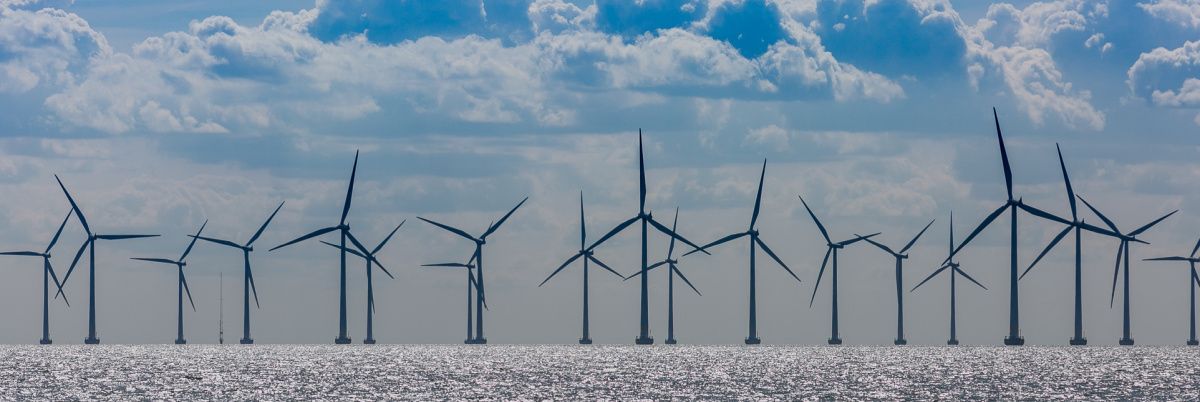Maryland’s Eastern Shore Makes National Geographic’s Coveted “Best of the World” List for 2022

Blackwater National Wildlife Refuge. Photo: Bruce Emmerling, via Pixabay
Last fall, National Geographic revealed its annual list of the 25 must-see destinations for 2022.
Maryland’s Eastern Shore was selected in the Family category. Now that spring is here, it's a great time to go exploring.
Profiling inspiring places, communities, and experiences, this year’s list comes at a big moment. The pandemic has transformed when, where, and how we see the world. With the return of travel, National Geographic is rethinking what it means to be a traveler and the impact of those choices. What remains unchanged is the organization’s commitment to travel stories that illuminate our beautiful world and the diversity of communities and people within it.
Framed by five categories — Nature, Adventure, Culture, Sustainability, and Family — selections on the 2022 list honor national parks and wildlife, outdoor activities and experience, green travel and destinations, and multigenerational destinations and journeys.
“While the pandemic stalled many of our travel plans for nearly two years, our appetite for new and meaningful journeys has only grown. In many ways, the pandemic provided a moment for travelers and communities around the world to reflect and regroup on how we explore the world,” says George Stone, executive editor of National Geographic Travel. “With this year’s list, Nat Geo takes a look at what’s different, new, and inspiring — from the new Seine River bike trail in France to Chimanimani National Park, a new national park in Mozambique that signals the country’s environmental commitment. We’re excited to share these 25 extraordinary places that will define our upcoming itineraries.”
Eastern Shore, Maryland
National Geographic chose the Eastern Shore for the Family list because of its history, wildlife, and beauty. The history of the Underground Railroad flows through the waterways, wetlands, swamps, and tidal marshes of Dorchester County. This is where the secret network’s most famous “conductor,” Harriet Tubman, was born enslaved, grew up, and honed the skills — such as trapping, hunting, and using stars to navigate — she used to escape to freedom in Pennsylvania. She then returned 13 times to rescue more than 70 enslaved friends and family. Her heroic story is told at the Harriet Tubman Underground Railroad Visitor Center, one of the more than 30 stops along the 125-mile Harriet Tubman Underground Railroad Byway.
To bring Tubman’s story to life for kids, Alex Green, co-owner of Harriet Tubman Tours, suggests a kayaking adventure in the byway’s Blackwater National Wildlife Refuge. As a child, Tubman trapped muskrats here and worked alongside her father, a timber inspector who taught her how to move around the marshlands.
“We talk to kids about how the confidence and lessons Harriet learned inside the terrible institution of slavery drove her to accomplish incredible things,” Green says. “Harriet never gave up and she never stopped learning. That’s a lesson they can take home.” Embark on a wild Chesapeake Bay escape to see waterways, watermen, and wildlife.
Here’s the entire National Geographic “Best of the World 2022” list:
Culture:
Jingmai Mountain, Yunnan, China
Tin Pan Alley, London, England
Hokkaido, Japan
Procida, Italy
Atlanta, Georgia, U.S.
Sustainability:
Ruhr Valley, Germany
Parque Nacional Yasuni, Ecuador
Łódź, PolandNe
National Columbia Gorge Scenic Area, Oregon/Washington, U.S.
Chimanimani National Park, Mozambique
Nature:
Caprivi Strip, Namibia
Northern Minnesota, U.S.
Lake Baikal, Russia
Belize Maya Forest Reserve
Victoria, Australia
Adventure:
Seine River Bike Trail, France
Costa Rica
Nepisiguit Mi’gmaq Trail, New Brunswick, Canada
Palau
Arapahoe Basin, Colorado, U.S.
Family:
Danube River Cruise
Lycia, Turkey
Granada, Spain
Bonaire
Eastern Shore, Maryland, U.S.
Learn more about each “Best of the World 2022” destination.
Common Sense for the Eastern Shore







